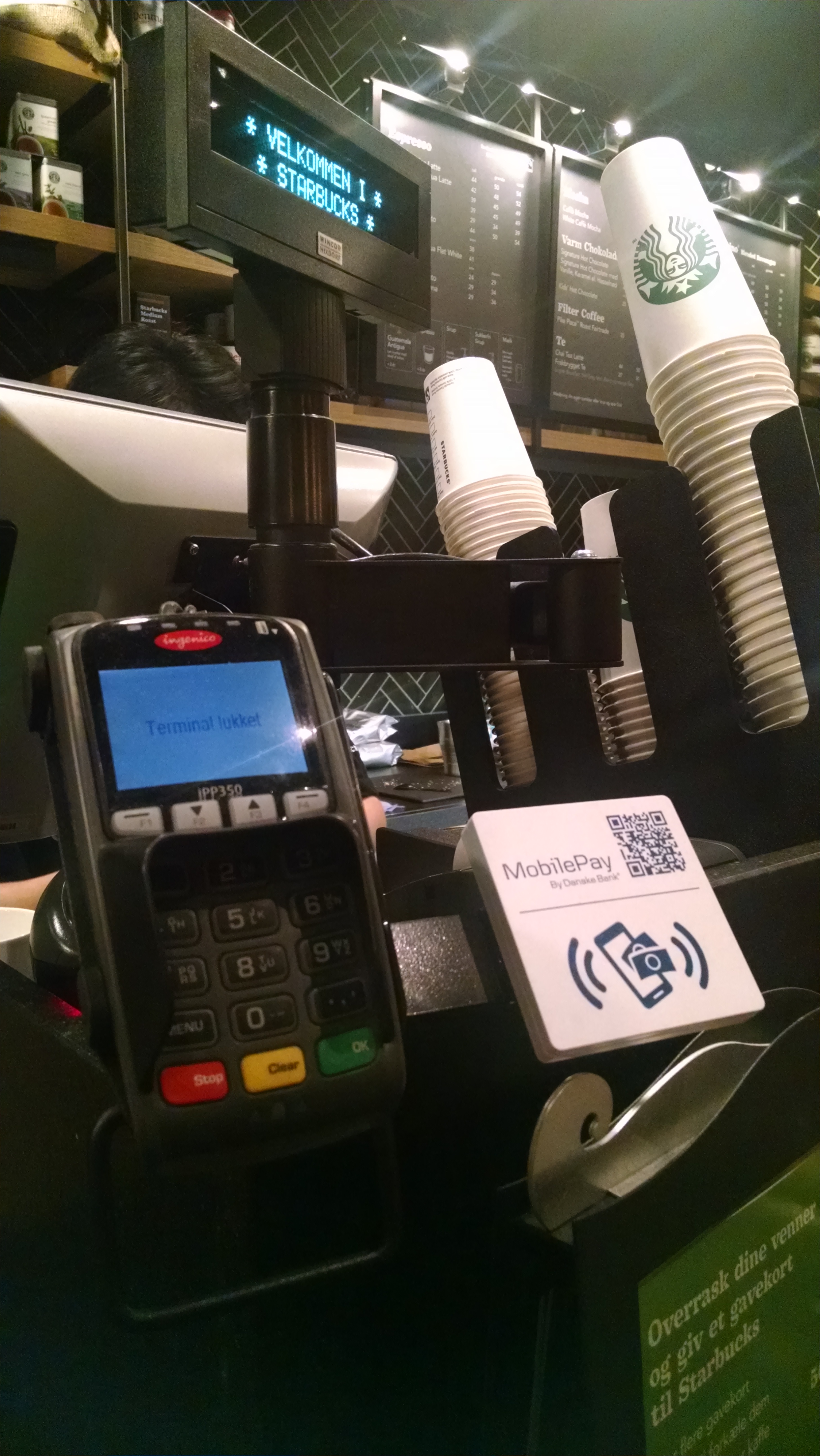Marketing and Location of Things are the right combination

Jonathan Duffy, executive director of EMEAat Netclearance
The Internet of Things (IoT) is no longer just futuristic talk in the technology industry. Its real world application and its value are being realised, says Jonathan Duffy of Netclearance.
Location of Things (LoT) is one way in which businesses can add context to the data generated by the IoT, as discussed in my previous two blog posts. In the last post in this series, I will take a closer look at marketing and the Location of Things and how it can be the best combination for retailers to improve their business marketing practices.
Without a doubt, information technology such as computers and the Internet make people live and interact differently. However, the recent upsurge of LoT promises to propel marketing and increase economic growth for businesses in an entirely different way. Specifically, if businesses employ the technology of LoT, businesses and customers can interact as never before and create win-win situations for everyone.
Providing the ultimate customer experience
- The personal touch: Collecting and analysing information about customers’ past purchases, when and where they were made, reveals information about spending habits and favourite items, which helps businesses communicate with their customers more effectively. Are particular stores in shopping centres or high streets more popular than others? Are products placed in some areas of the store selling better than elsewhere? LoT can identify which shelves are best to put particular products on at particular times. Businesses can also use the data generated to create more engaging content and predict what the customer wants before they ask for it. Customers are demanding more personalised experiences and want to be able to purchase items whenever and wherever they want. Pre-empting their needs has become a crucial task for all marketers.
- Proximity marketing: LoT can potentially help to provide the ultimate shopping experience for customers through hyper local proximity marketing. When opting into location monitoring, retailers can track movements of customers in stores and notify customers of immediate deals in the department or when they are near the store. This can be combined with mobile payments. For example, when a vending machine installed with a mobile payments beacon and a customer uses it to pay for the product, they can also be sent a marketing message at the same time. It opens up new, potentially lucrative, advertising avenues.
- Customer loyalty: Mobile marketing with LoT translates to different methods for advertising. Offering loyalty programs and special incentives brings customers back for more – this can now be enhanced through location data. In addition, applications provide side-by-side comparisons of items and the prices competitors offer. With the Internet in the palm of our hands, pricing transparency is hugely important as customers can easily check prices of competitors whilst in store. Competitors can take customers from right under a brands’ nose if they have a product for a better price.

Mobile Payments Beacon
LoT also allows in-store customers to pay via cashless methods, specifically, on their mobile device. Paying by mobile technology means cutting down on queuing times and offering a convenient method of payment that reduces the friction that sometimes comes from shopping in-store, and drives customer loyalty.
This is a particularly important point to consider in light of more and more customers choosing cashless options; an ICM poll found 36% of customers aged between 18 and 34 have made an in-store purchase using their mobile device in the UK. According to figures from the UK Cards Association, contactless transactions comprised 18% of all card payments in the first half of this year alone. When frictionless payment options are combined with great products, these attributes can help organisations build a brand that ensures the customer has a great experience and keeps coming back for more.
LoT has the potential to take customer and business relationships to a higher level of success. The goal of organisations today is to make the customer experience simple, seamless, and accurate. Time and money are two of the most valued resources in our fast-paced society, making loyalty the treasure that every organisation is searching for.
The author of this blog is Jonathan Duffy, executive director of EMEA, at Netclearance
Comment on this article below or via Twitter @IoTGN
